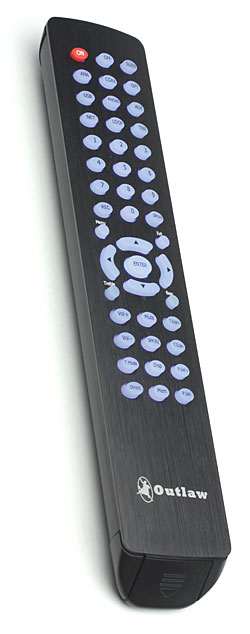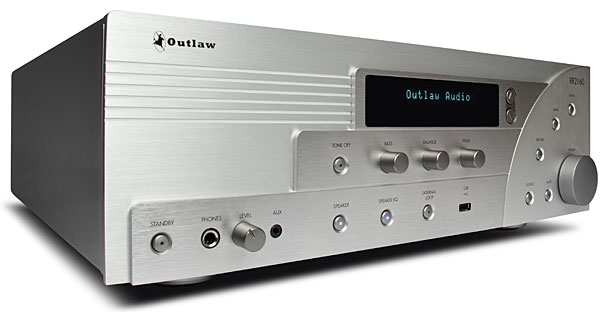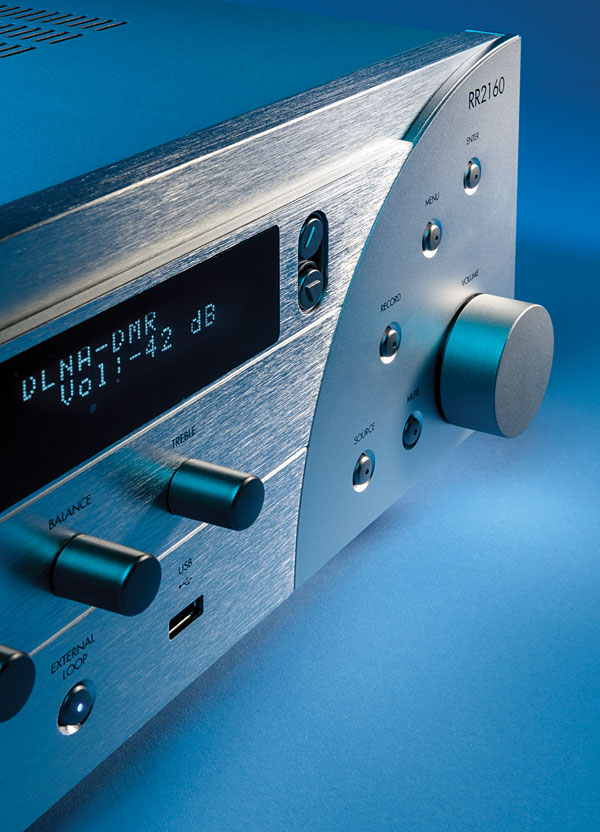| Columns Retired Columns & Blogs |
A terrific review as always. Would it be possible to compare the Stirlings to the Falcon Acoustic LS3/5a? Two different approaches to re-creating the same speaker. I owned a pair of Chartwells. Wish I still had them.
Thank you!
 The last contents of the Ball jar were disappearing behind Vladimir's collar when I pointed to a pile of CDs. "What should I play?"
The last contents of the Ball jar were disappearing behind Vladimir's collar when I pointed to a pile of CDs. "What should I play?"












































